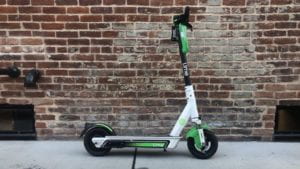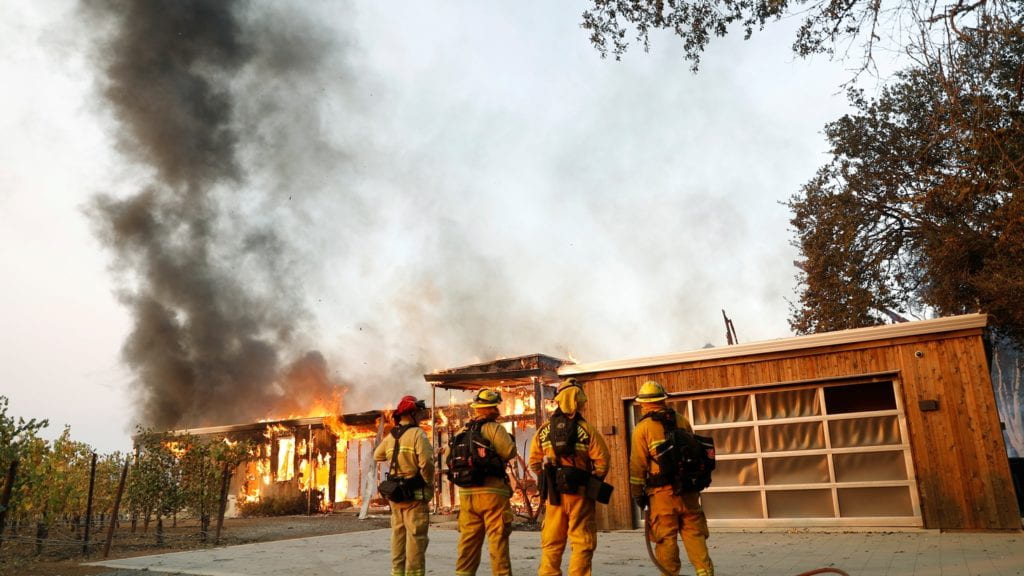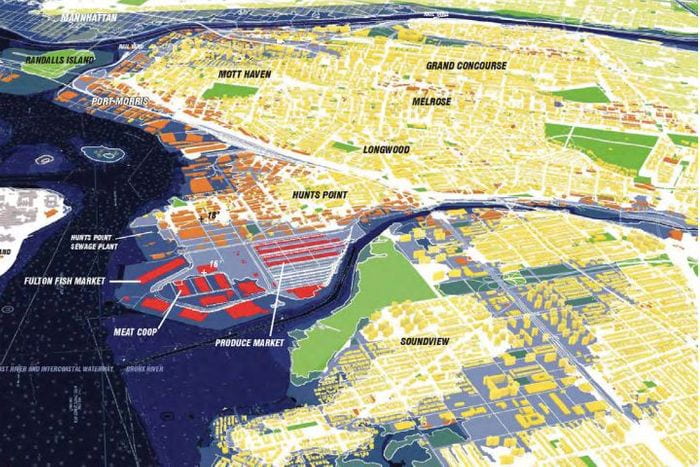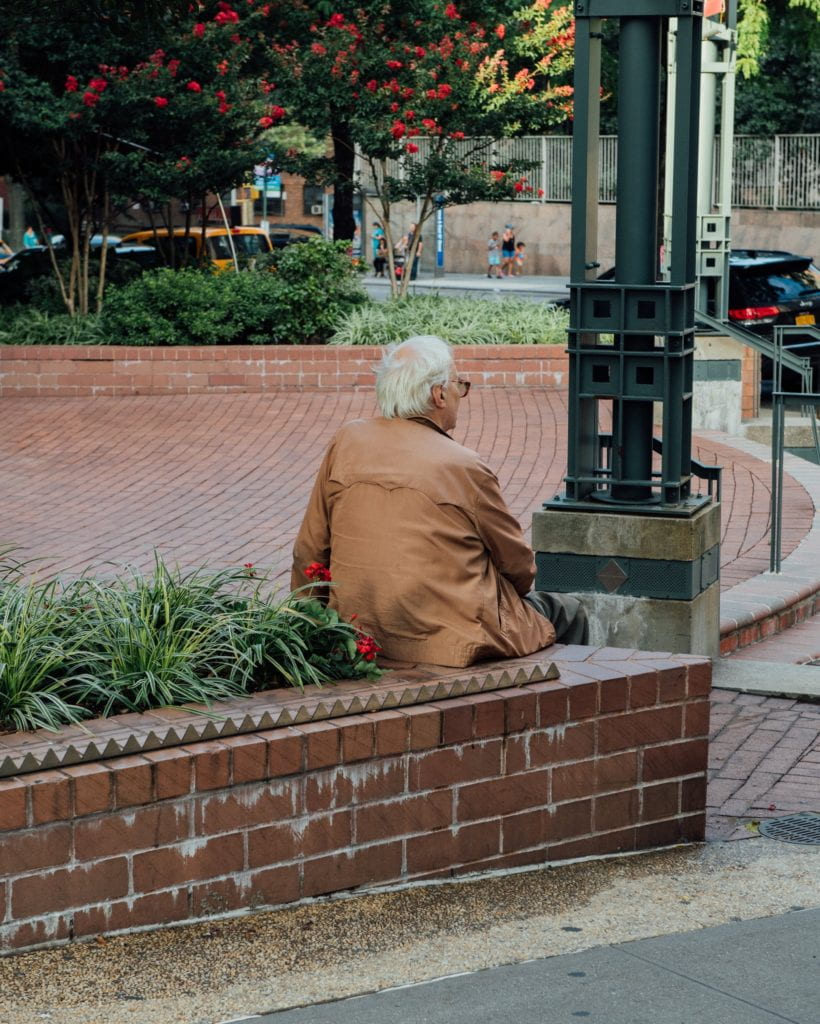Each Friday, the Wagner Planner editorial board will publish a news roundup of recent planning news. Topics range the gamut of urban planning concentrations, but will mostly be at the discretion of the editors.
Brendan’s Picks
The Hyperloop and the Self-Driving Car Are Not the Future of Transportation
The tools we need to change transportation are right there in front of us…It’s not for want of “innovation” that we aren’t turning parking into parks, or traffic-clogged arterial roads like New York’s smoggy crosstown arteries into multimodal streets. The future of transportation is not about inventions. It’s about choices. (Slate)

Worst Transit Riders, Ranked
“Number one on the list isn’t a stranger at all, according to Ramos. “Kevin From Engineering” is that random person from some other corner or floor of your office that suddenly grabs a spot next to you forcing small talk most of the way home.”(The Boston Globe)

Lime’s new Denver scooters are supposedly better at winter riding and at fighting sidewalk riding
“Scooter lovers might be happy to hear that the zippy devices now have bigger wheels and front-wheel suspension, like on a mountain bike, meant to absorb bumps and make the ride smoother. They’re also more durable in general, according to Lime, with an aluminum frame and a more waterproof sheath.” (Denverite)

Mayelly’s Picks
As Fire Ravages California, Our Infrastructure is Still Not Equipped to Handle Climate Change
“What’s happening in California is not an isolated problem. From saltwater-ravaged tunnels in New York to flooding in Houston to water loss along the Colorado River, it is clear that we did not design our infrastructure and communities to manage our new climate realities. While Congress and statehouses across the country debate how much to spend on traditional repairs and maintenance, we ignore a more fundamental question: What will it take to redesign our entire approach to infrastructure for an era of climate insecurity?” (Brookings)

No Coastal Flooding Protections in Store for City’s Largest Food Hub
“Seven years after Superstorm Sandy, the de Blasio administration has no plans for coastal flooding defense measures to protect the city’s largest food market — a $3 billion hub that sits on a low-lying peninsula in The Bronx.” (The City)

‘Hostile Architecture’: How Public Spaces Keep the Public Out
“But hostile architecture, in New York and other cities, has increasingly drawn a backlash from critics who say that such measures are unnecessary and disproportionately target vulnerable populations. They have assailed what they call “anti-homeless spikes” for targeting those who have nowhere else to go at a time when many cities are grappling with a homelessness crisis.” (The New York Times)
